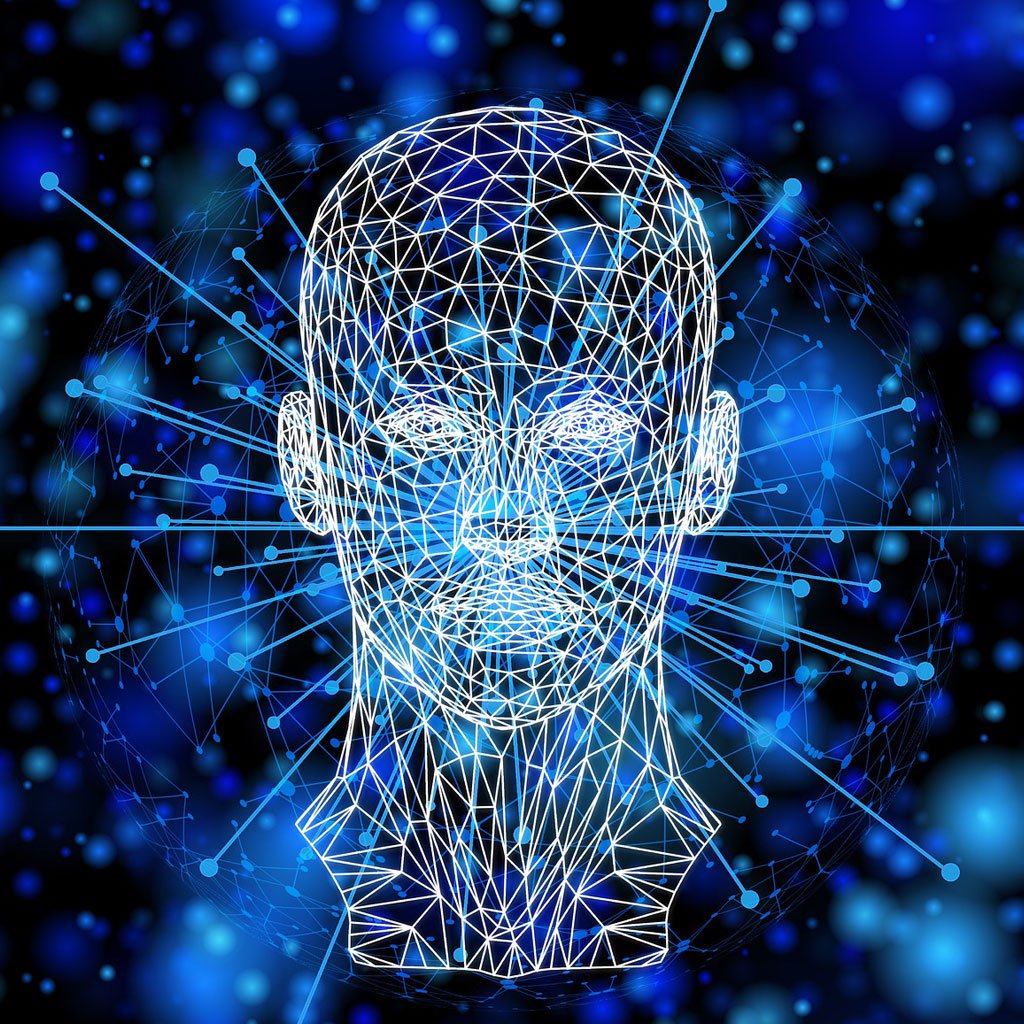
What are the implications of 5G technology for IoT devices?
Last updated: March 14, 2024 | Digital Techtune
The implications of 5G technology for IoT devices are vast and transformative, spanning across various domains including connectivity, data processing, security, and innovation. To thoroughly address this question, let’s delve into each aspect in detail.
- Enhanced Connectivity: 5G technology offers significantly faster data speeds, lower latency, and increased network capacity compared to previous generations of cellular networks. This translates into improved connectivity for IoT devices. With 5G, IoT devices can communicate with each other and with centralized systems more efficiently, enabling real-time data transmission and response. This enhanced connectivity facilitates the proliferation of IoT applications in various sectors such as smart cities, healthcare, manufacturing, transportation, and agriculture. For example, in smart cities, 5G-enabled IoT devices can seamlessly transmit data related to traffic management, waste management, energy consumption, and public safety.
- Low Latency: One of the key features of 5G technology is ultra-low latency, which refers to the time it takes for data to travel between a device and the network. This near real-time responsiveness is crucial for many IoT applications, especially those requiring immediate actions or decisions. For instance, in autonomous vehicles, low latency provided by 5G networks enables quick data exchange between vehicles, infrastructure, and cloud-based systems, facilitating safe navigation and collision avoidance.
- Massive IoT Connectivity: 5G networks are designed to support a massive number of connected devices per unit area, surpassing the capabilities of previous cellular technologies. This is particularly beneficial for IoT deployments involving a large number of devices, such as industrial automation, environmental monitoring, and asset tracking. With 5G, organizations can deploy IoT solutions at scale without experiencing network congestion or performance degradation, leading to more robust and reliable operations.
- Edge Computing: 5G technology enables edge computing capabilities, allowing data processing and analysis to occur closer to the source of data generation. This distributed computing paradigm reduces the need to transmit large volumes of data to centralized cloud servers for processing, thereby minimizing latency and conserving network bandwidth. For IoT devices, edge computing powered by 5G enables real-time data analytics, local decision-making, and faster response to events, making them more intelligent and autonomous.
- High Bandwidth and Throughput: 5G networks offer significantly higher bandwidth and throughput compared to previous generations, enabling the transfer of large amounts of data at faster speeds. This is particularly advantageous for IoT applications involving high-resolution video streaming, virtual reality, augmented reality, and immersive gaming. For example, in healthcare, 5G-enabled IoT devices can transmit high-definition medical imaging data for remote diagnosis and surgical assistance, enhancing patient care and clinical outcomes.
- Security and Privacy: While 5G technology brings numerous benefits to IoT devices, it also raises concerns about security and privacy. The massive deployment of IoT devices increases the attack surface for cyber threats, making IoT ecosystems more vulnerable to malicious activities such as data breaches, unauthorized access, and denial-of-service attacks. Additionally, the distributed nature of edge computing in 5G networks introduces new security challenges related to securing data at the network edge. Therefore, it is imperative for organizations to implement robust security measures, such as encryption, authentication, access control, and intrusion detection, to safeguard IoT devices and data in 5G-enabled environments.
- Interoperability and Standardization: As the number of IoT devices proliferates and diverse applications emerge, ensuring interoperability and standardization becomes crucial for seamless integration and communication between devices and systems. With 5G technology, there is a need for standardized protocols, interfaces, and data formats to enable interoperability among heterogeneous IoT devices and platforms. Standards bodies and industry consortia play a vital role in developing and promoting interoperable solutions that facilitate the adoption and scalability of IoT deployments across different domains and ecosystems.
- Cost and Deployment Challenges: While 5G technology promises significant advancements for IoT devices, its widespread adoption may pose challenges related to cost and deployment. Building and maintaining 5G infrastructure, including base stations, small cells, and backhaul networks, requires substantial investment from telecommunication providers and infrastructure operators. Additionally, deploying IoT devices at scale involves upfront costs for hardware, software, connectivity, and maintenance. Therefore, organizations need to carefully assess the cost-benefit ratio and develop sustainable business models to justify investments in 5G-enabled IoT solutions.
- Regulatory and Ethical Considerations: The deployment of 5G technology for IoT devices raises regulatory and ethical considerations related to privacy, data protection, spectrum allocation, electromagnetic radiation exposure, and environmental impact. Regulatory frameworks and policies governing the use of IoT devices and 5G networks need to address these concerns while promoting innovation and economic growth. Furthermore, ethical considerations surrounding the collection, storage, and use of IoT data require careful attention to ensure transparency, accountability, and user consent.
- Innovation and Disruption: 5G technology has the potential to unleash a wave of innovation and disruption across industries by enabling new IoT applications, business models, and revenue streams. Startups, enterprises, and technology vendors are exploring novel use cases and solutions empowered by 5G connectivity, edge computing, artificial intelligence, and machine learning. This includes autonomous vehicles, smart infrastructure, precision agriculture, immersive experiences, remote healthcare, and industrial automation. As 5G networks continue to evolve and expand, they will catalyze digital transformation and reshape the way we interact with the physical world through interconnected IoT ecosystems.

